Advanced artificial intelligence (AI) models can already generate computer code and help discover new drugs. But when it comes to recognizing simple objects, they still have a long way to go before tiny mice.
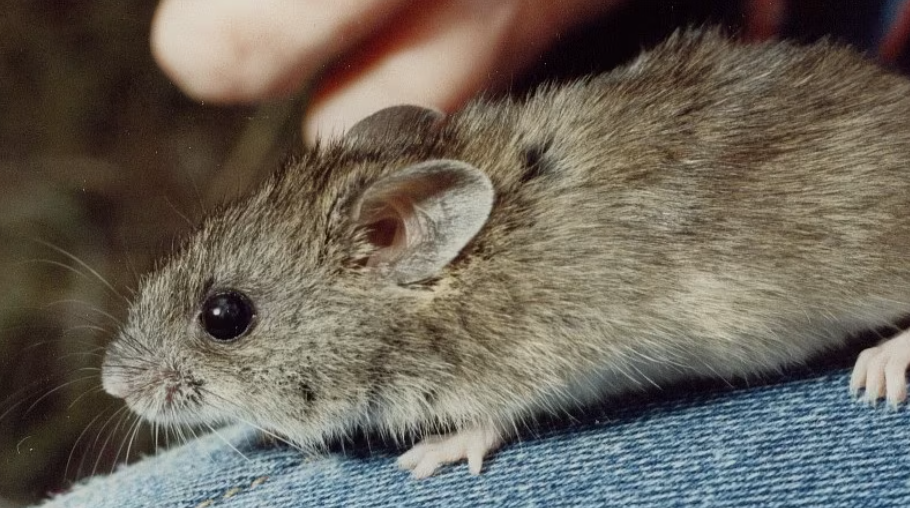
Mouse vision, refined over millions of years of evolution, is still more effective than today's most powerful AI image recognition systems - Photo: Deakin University
That's the conclusion from a study published in the journal Patterns , in which researchers from the Scuola Internazionale Superiore di Studi Avanzati (SISSA) in Italy asked an image recognition AI model to attempt to replicate mice's ability to recognize rotated, resized, and partially occluded objects.
Mouse vision is more 'efficient and adaptive' than AI
The AI model was eventually able to catch up to the mouse's image processing capabilities, but only after using more and more resources and computing power.
Recognizing the object in its original position was easy for both the AI and the mouse, but when the object was transformed in different ways, the researchers had to boost the performance of the AI model to keep up with the mouse.
Scientists say their findings show that mouse vision, refined over millions of years of evolution, is still more effective than today's most powerful visual recognition systems.
Mice's vision differs from the way humans see in several notable ways. First, like many other mammals, mice's eyes are located on the sides of their heads, giving them a wider field of vision, a natural advantage for spotting and avoiding predators.
Even more striking, previous research has shown that mice's eyes can move in opposite directions depending on how they tilt their heads. This makes them appear to "cross-eyed" when their heads are lowered.
In the experiment, mice were trained to recognize objects on a screen by receiving rewards. When they correctly identified the target object, they would activate a touch sensor.
To compare this ability to AI, the SISSA researchers created a convolutional neural network (CNN), a state-of-the-art deep learning model that is considered one of the best AI systems for image recognition. It is itself partly modeled after the mammalian visual cortex.
AI still has a lot to learn
CNN models use a layered system to recognize objects. The most basic layer can process and identify simple features like contours and contrast. Subsequent layers are added to recognize more complex images. Each additional layer requires more resources and computing power, similar to the way a lasagna requires more ingredients as more layers are added.
This CNN model was then asked to replicate the mouse’s ability to recognize objects under a variety of conditions. When recognizing an object that was not obscured and in its normal position, both the mouse and the AI did well. The AI then only needed to use its first layer.
But when objects are rotated or resized, CNNs need more layers and resources to work properly. Meanwhile, mice can still consistently recognize objects, even when they are partially obscured, something AI struggles with.
The researchers concluded that mouse vision appears to be more flexible and adaptive than AI's visual recognition system.
The mouse vision study is a reminder that powerful AI models are indeed impressive at some specific tasks, but they are still not without limitations.
Late last year, OpenAI CEO Sam Altman published a paper claiming that the world could achieve superintelligence within “a few thousand days.” Billionaire Elon Musk has also said that superintelligent AI could appear by 2025.
But what do those milestones really mean? It’s true that big AI language models have outperformed some humans on standardized exams for medicine and law. But AI still can’t make formal medical diagnoses without a doctor’s supervision, and lawyers who use AI-generated text have been fined for misrepresenting information.
Furthermore, advanced AI systems deployed in bipedal robots often struggle with balance. And as the SISSA study shows, AI still doesn’t seem to have reached the same level of visual acuity as mice. In other words, AI still has a lot to learn – from both humans and animals.
Source: https://tuoitre.vn/ai-thua-chuot-khi-nhan-dien-vat-the-bi-che-khuat-2025020307425984.htm























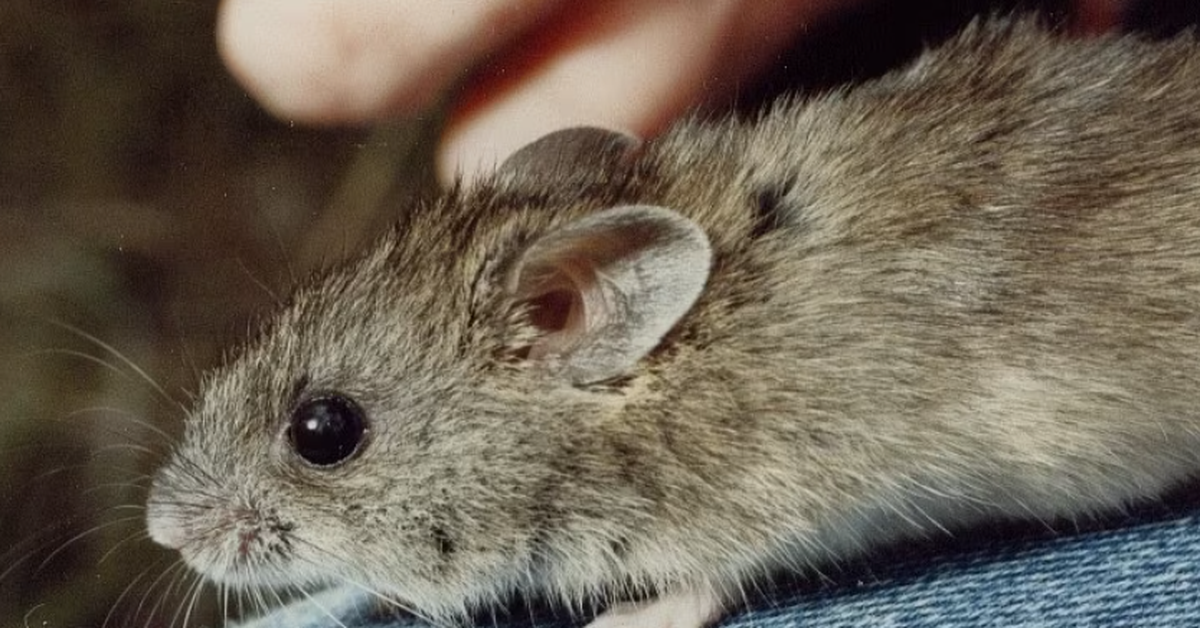




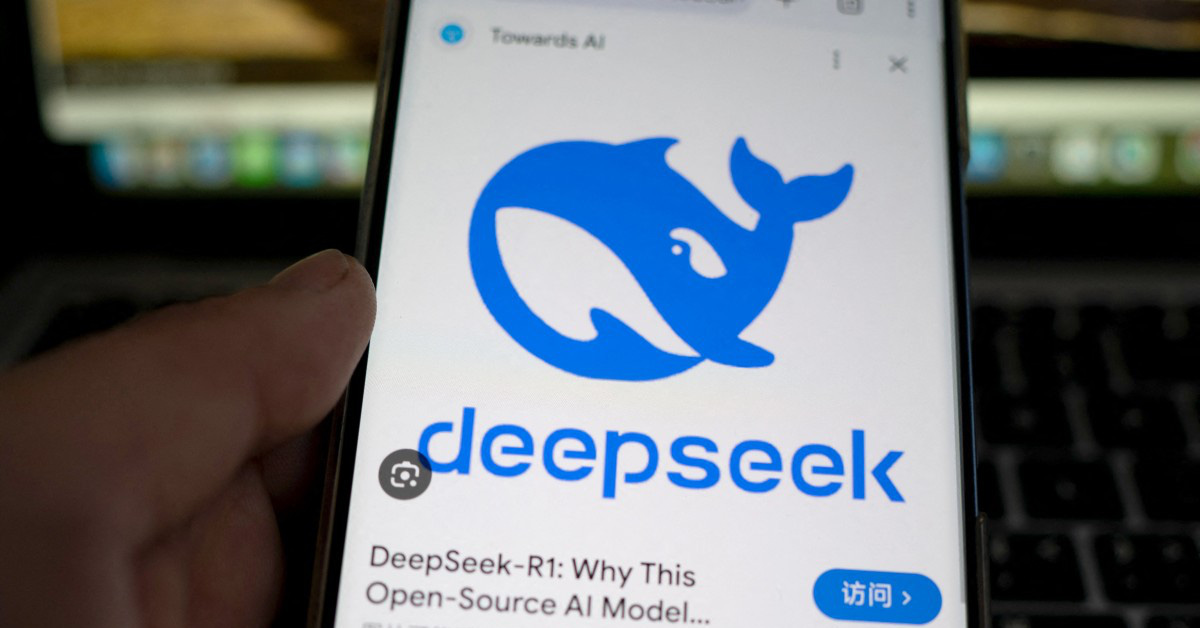






















Comment (0)